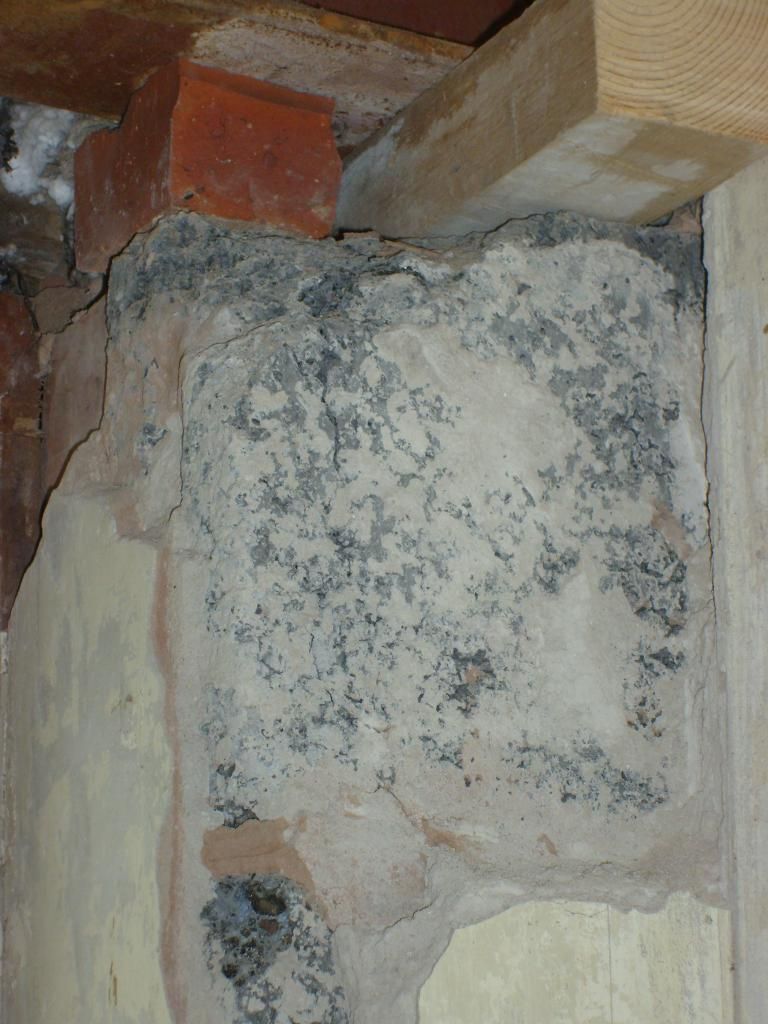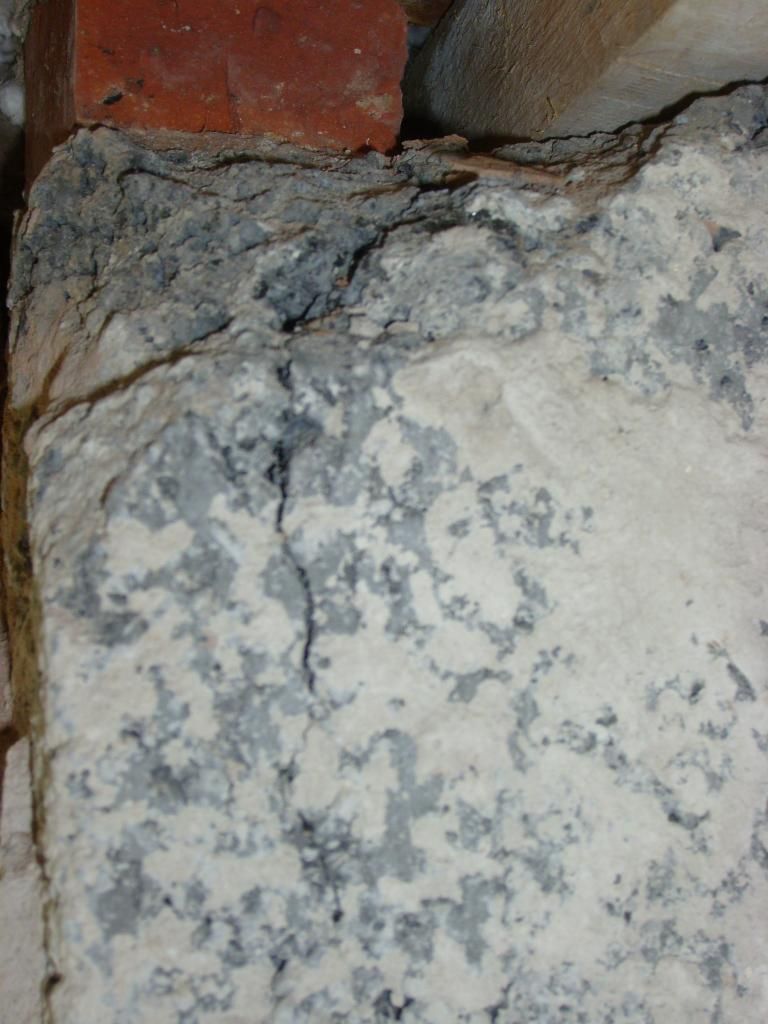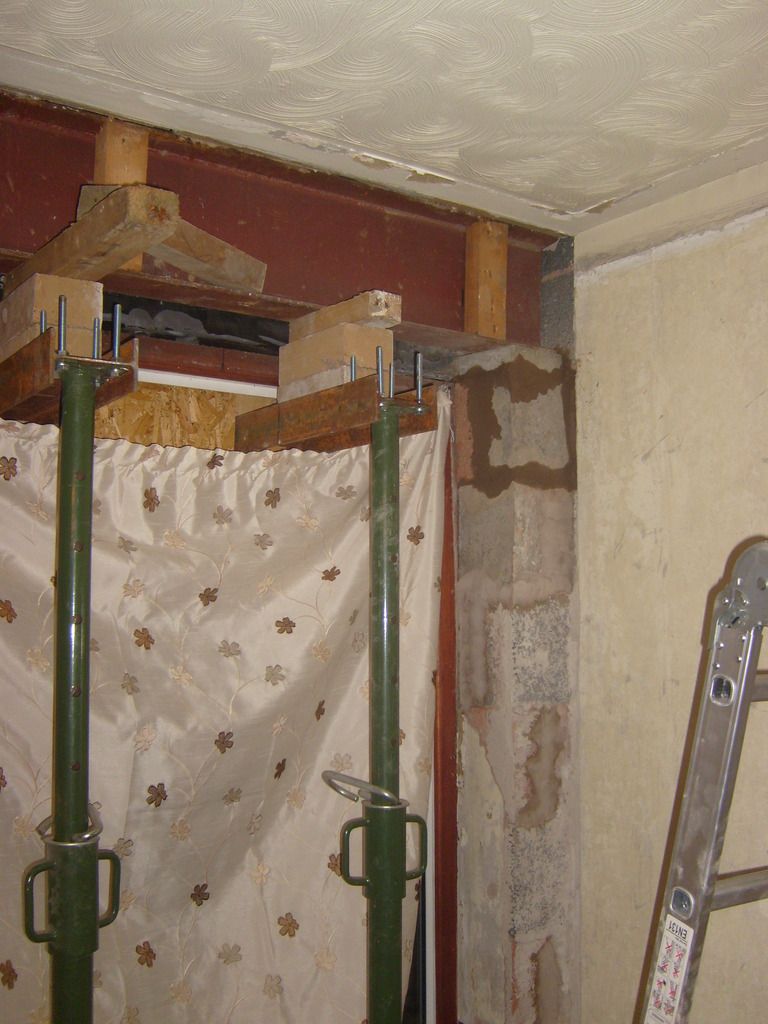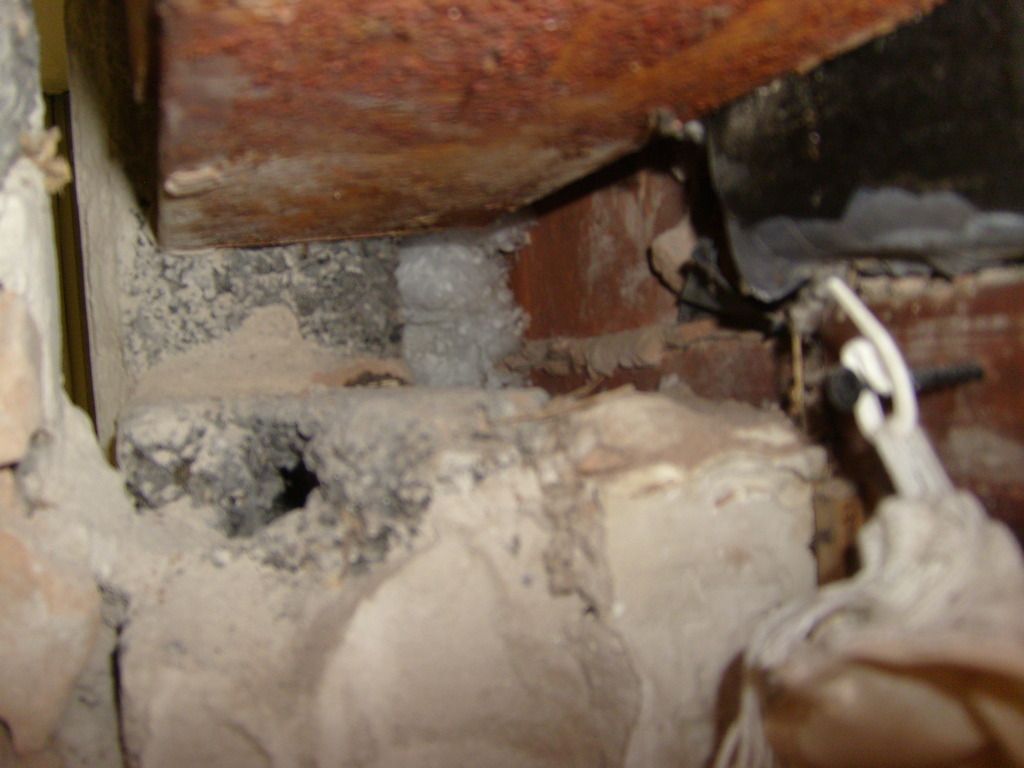The property i am refurbishing has a long steel RSJ running above two large windows in the living room. I am slightly concerned that the RSJ does not seem to be particularly well supported.
See images.
The first image shows the RSJ. The second and third show the supports at either end . I think this looks dodgy should i be concerned?
. I think this looks dodgy should i be concerned?
The house was built in 1970 and has not fallen down yet.
Cheers,
Adrian
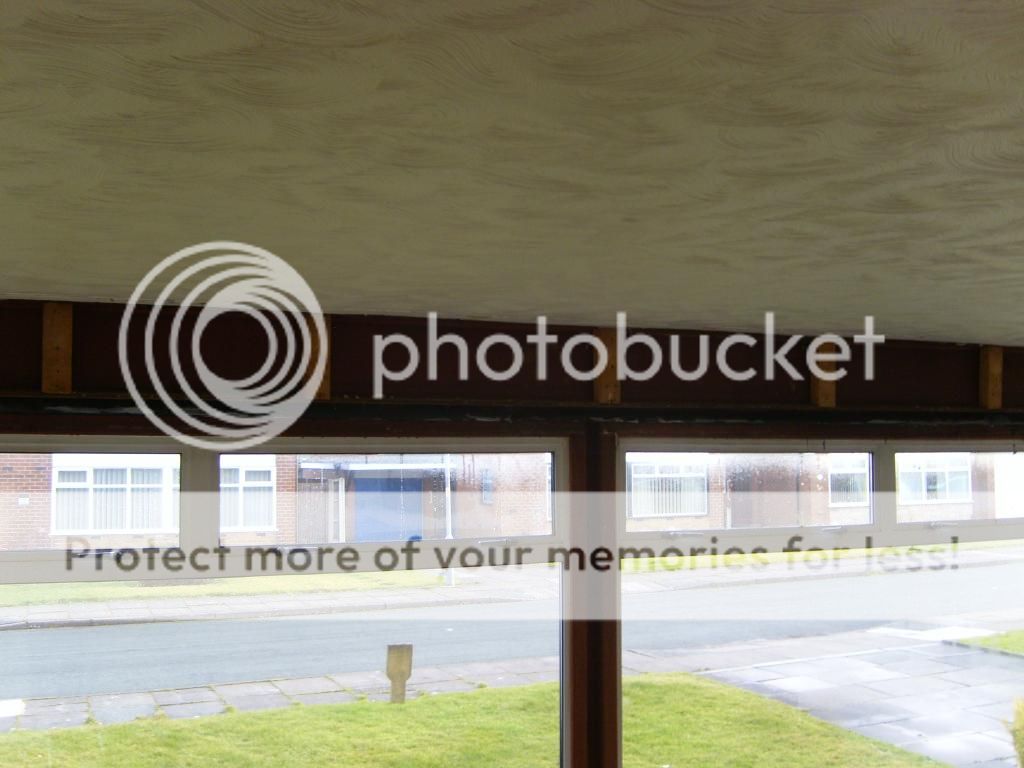
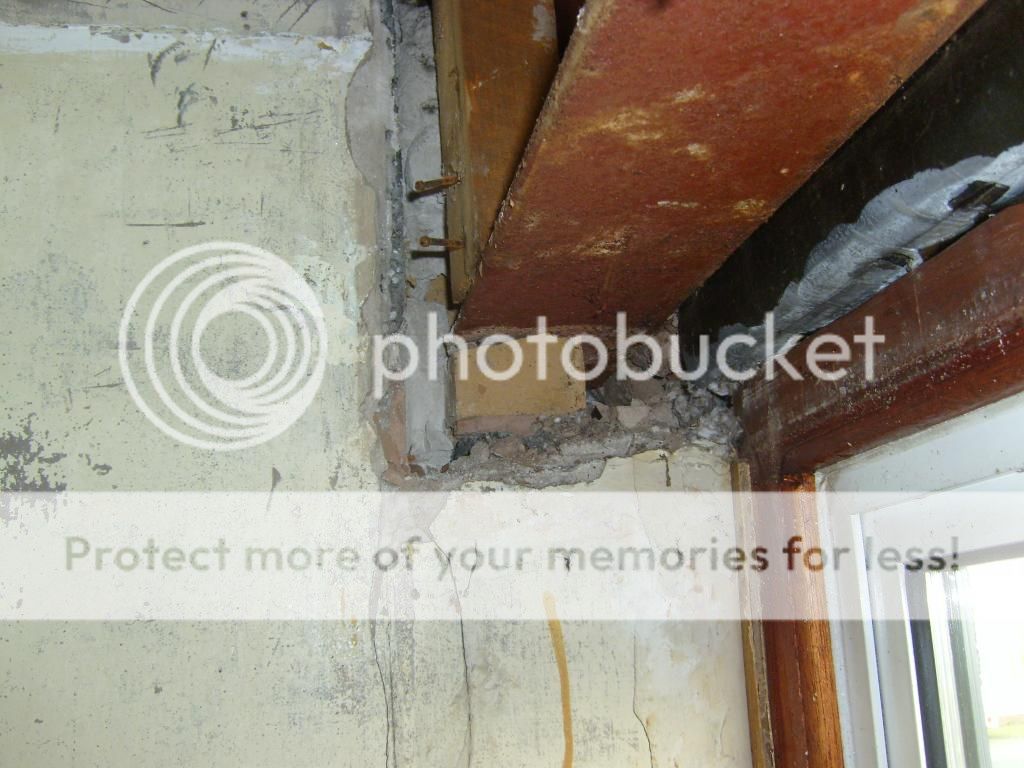
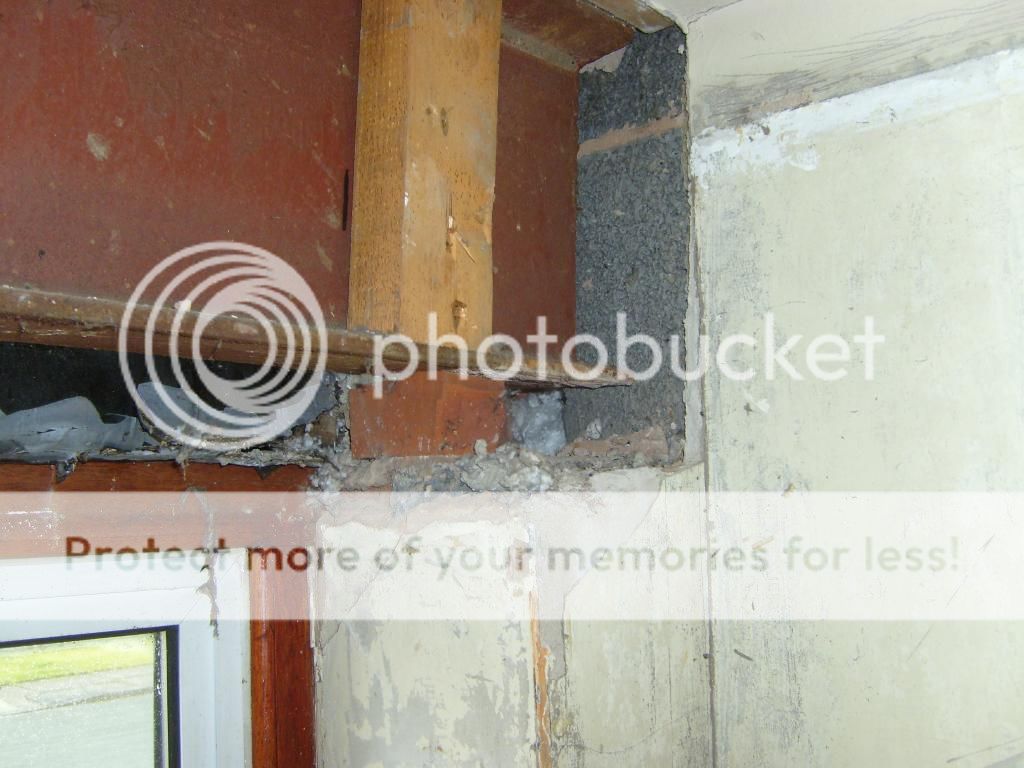
[/img]
See images.
The first image shows the RSJ. The second and third show the supports at either end
The house was built in 1970 and has not fallen down yet.
Cheers,
Adrian



[/img]



